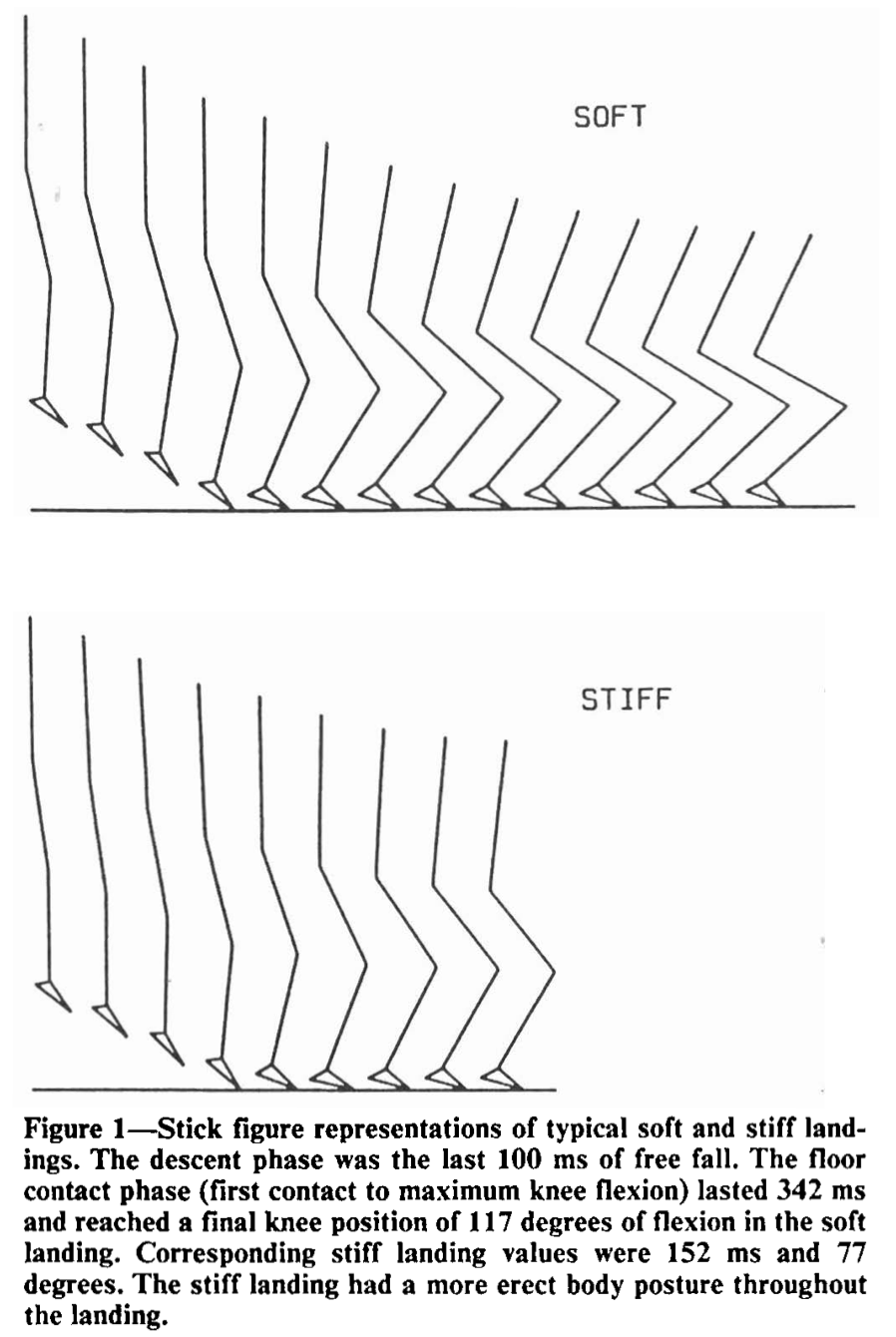Well your skill level might have still helped you par the hole, but ever wonder how much better you could have performed if you spent even 5minutes warming up?
A study by Tilley, N et Al, reported that Repeated measures ANOVA tests showed a statistically significant difference of warming up vs not warming up with 3 of the 5 factors of performance (maximal driving distance, consistent ball striking, and smash factor), though not significant with the other two factors of maximum club head speed (MCHS) and driving accuracy (DA).

So then the question is what is the proper warmup?
One study compared three groups:
-a combined active dynamic and functional resistance warmup
-active dynamic
-warmup with weights
So which group do you think performed best?
A paired t-test showed statistically significant (p<0.05) improvements in the group performing a combined active dynamic and functional resistance (FR) warm-up
as opposed to either the active dynamic (AD) warm-up or the combined AD with weights warm-up (WT).
So if you want an improvement in maximum driving distance, consistent ball striking, and maximizing smash factor, it would be of your benefit to take the time to warm up.
If you want to know the proper combined active dynamic and functional resistance program, please book a session with STRETCH-n-GO.




